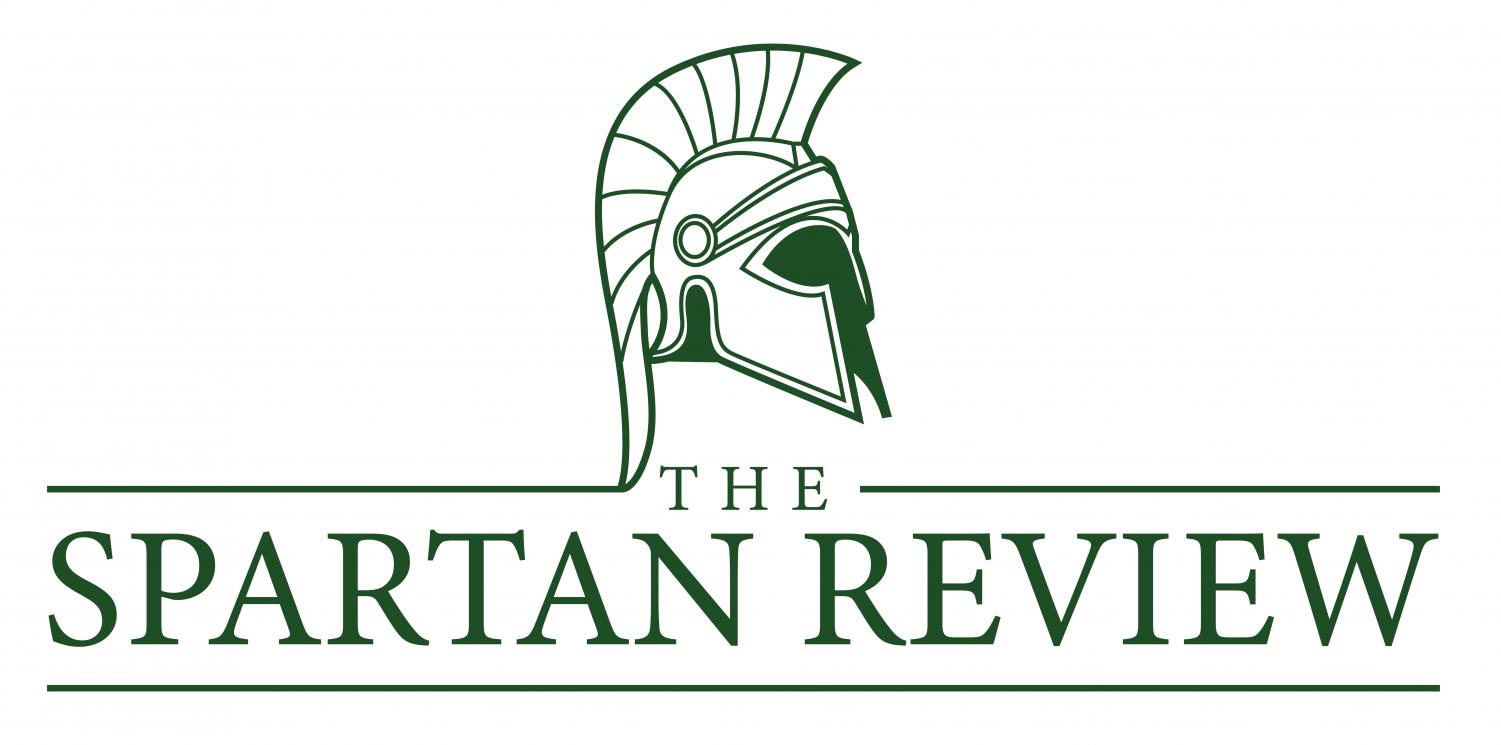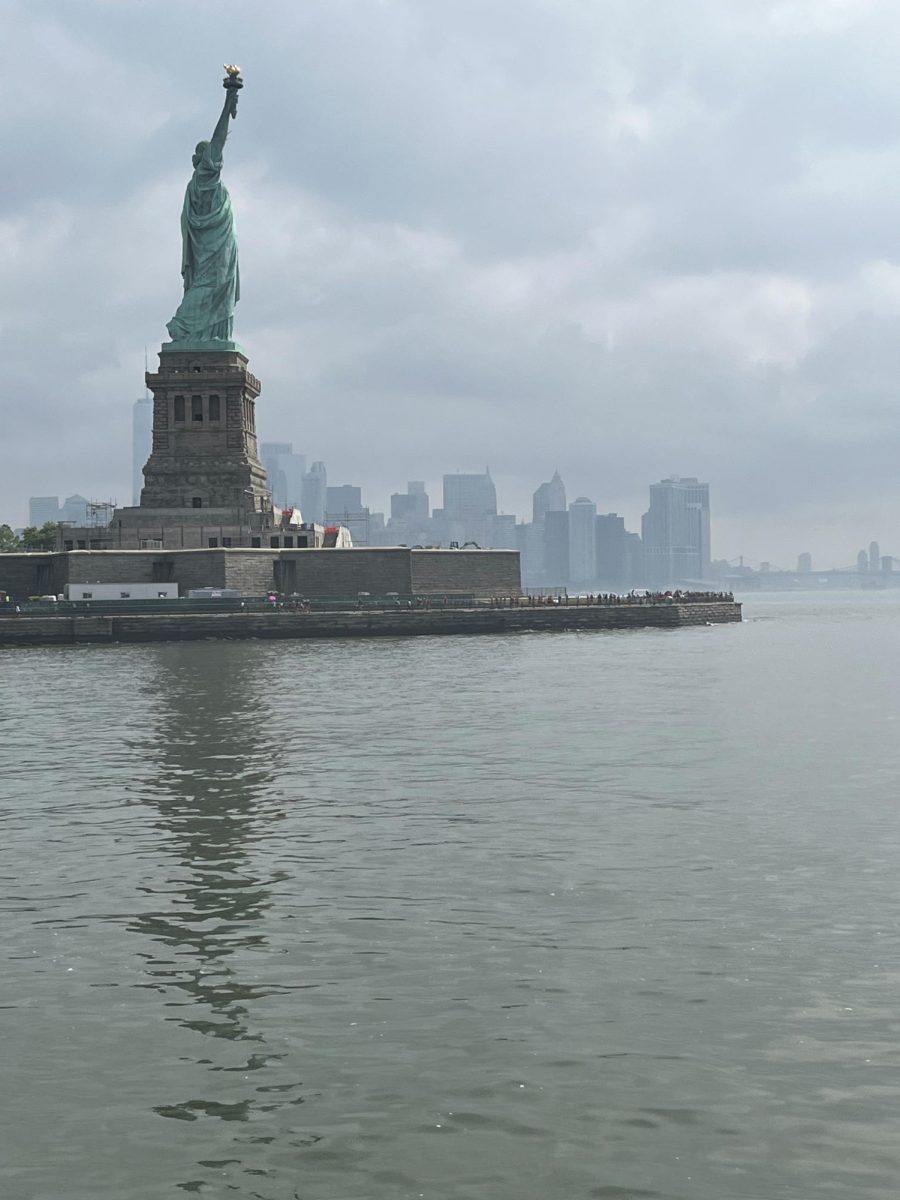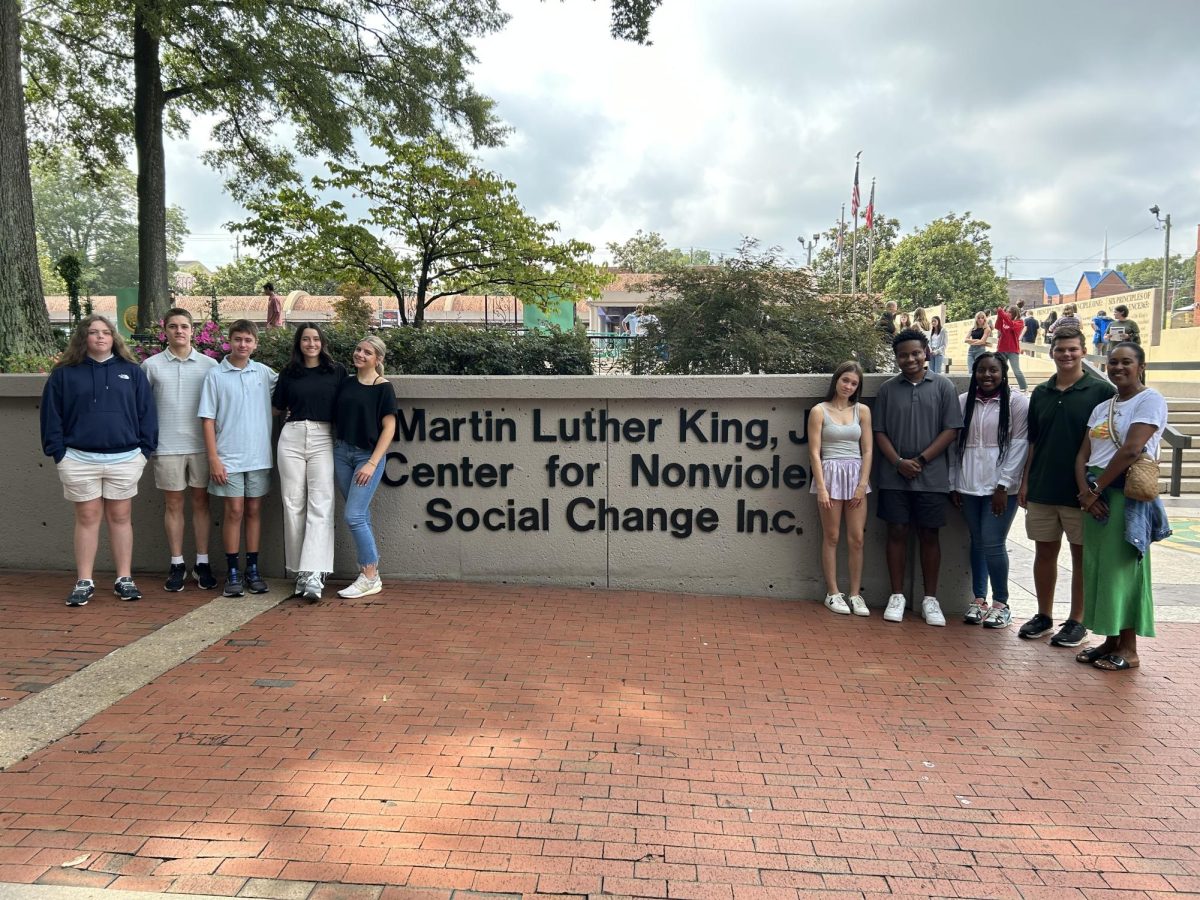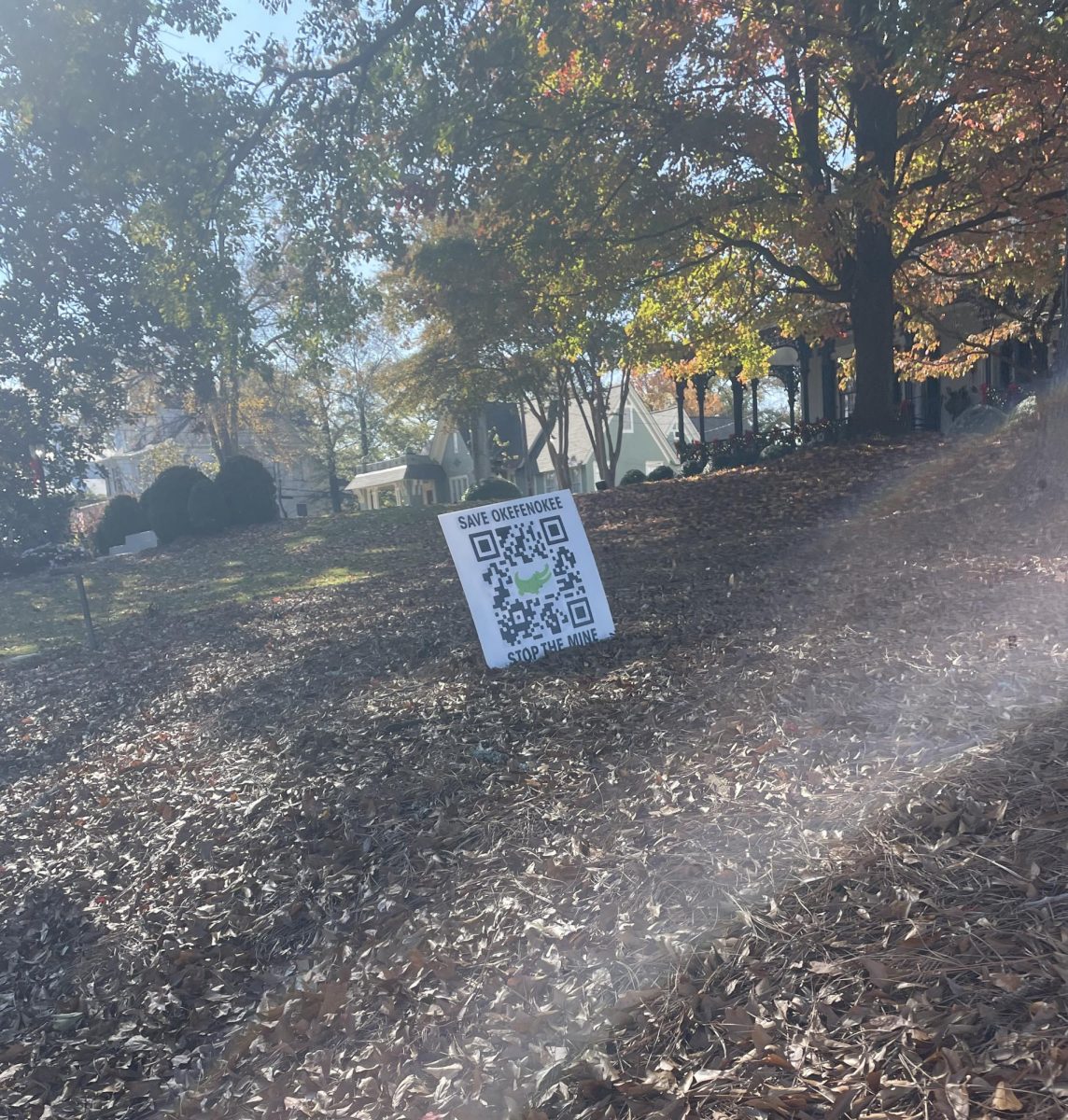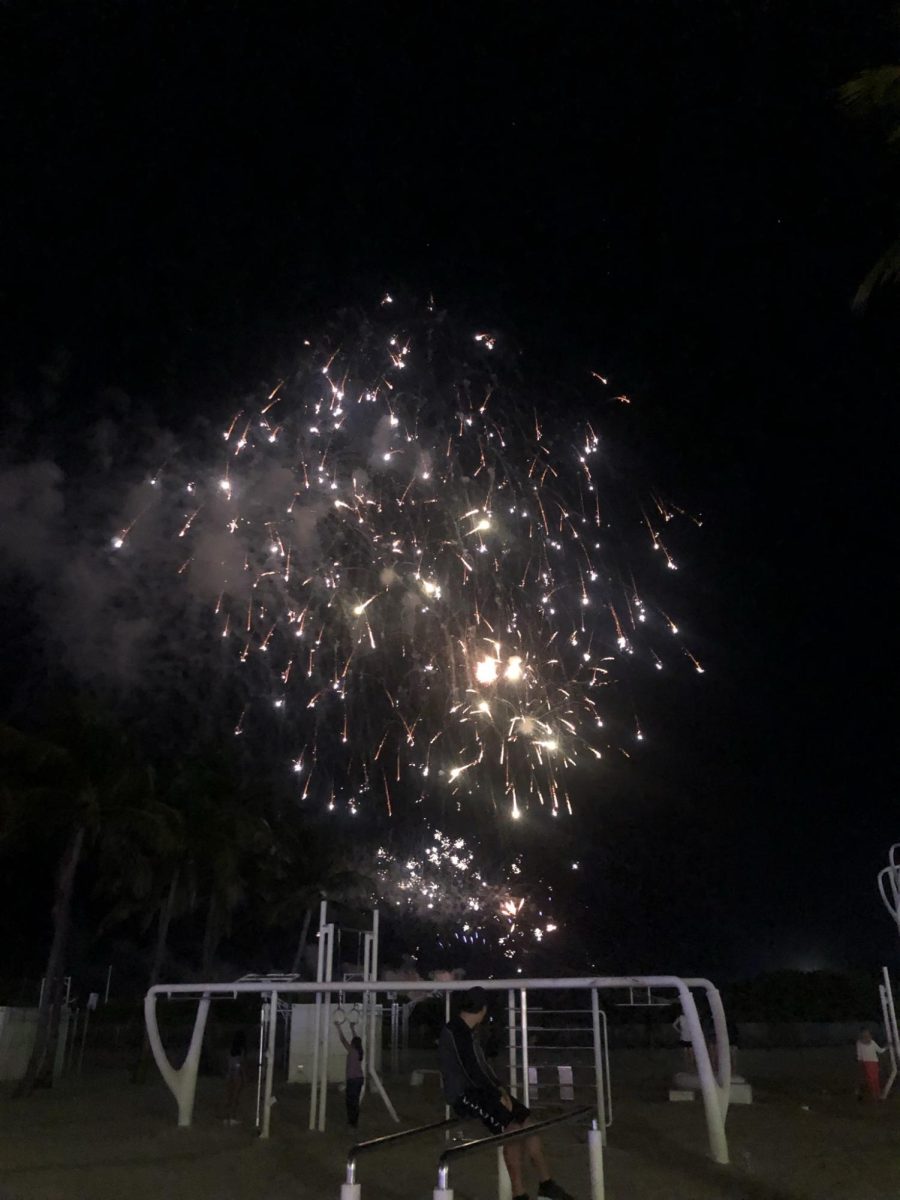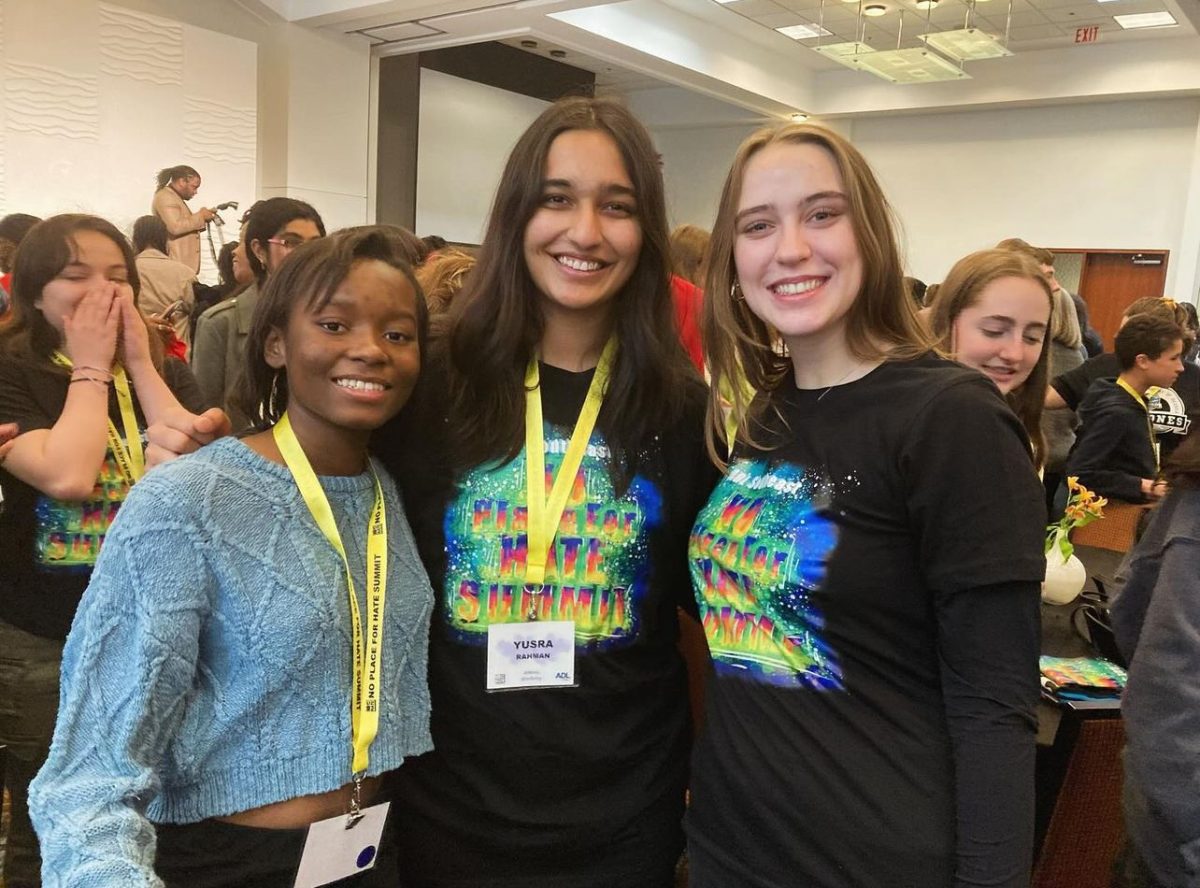
On March 28, the eighth grade did Model UN day, where ACAD’s eighth graders get to act as the UN, coming up with ideas, making decisions, and voting on their fellow pupil’s proposals. The eighth graders did about a month of research and were very prepared for the last day of their UN unit, Model UN Day.
The day was divided into two portions, the morning portion, before lunch, and the afternoon portion, after lunch. The first portion consisted of each committee; environment, security, humanitarian, and development, discussing and combining their proposals on what to do about their issue.
There were supervisors from the upper school who would help guide the eighth graders through the morning portion. They all had experience with the UN, as they were part of the high school’s UN club.
Each country shared its ideas, and they spent the rest of the morning talking with the other countries and coming up with a proposal they thought the other countries would like. These proposals had to be approved before the committee voted on them.
Each country could either vote, yes, no, or abstain (not vote). There was no veto power in this voting process, so it was majority rule. If your proposal passed it moved on to the Security Council, which would be the afternoon session. Each committee had at least one proposal pass for their issue.
In the afternoon session, the Security Council was held. The Security Council is a portion of the UN where 15 countries, 10 temporary and five permanent, vote on the proposals that come out of the different committees.
Once the eighth graders were all seated Mr. Tillman, the Secretary-General of the UN, told the eighth graders that the people who researched the crisis from their country should explain the proposal to their fellow ambassadors. Once this happened, the eighth graders were allocated some time to ask questions about the proposals before they moved to informal debate.
Informal debate is where you go around the room and mingle with the other students talking about the proposal and how to make it better. This helps to make sure every country, especially the five permanent countries that could veto, is happy with the proposal.
After informal debate came voting. Each country would vote, yes, no, or abstain (not vote). This year’s eighth graders got fully through two or the four crises, so they went through this voting process twice.
Model UN day is a great experience for young students to explore what it would be like to be in charge, make decisions, and understand the UN more completely than what a UN unit could teach them.
Jake, an eighth grader says, “I enjoyed the afternoon session because of an argument where Iran was very misinformed of how they were supposed to answer the questions, for example they said that they would nuke the entire world even though Iran doesn’t have nuclear weapons.”
Jake also says, “I did the Strait of Hormuz crisis and was part of the security committee. I was a Chinese ambassador and debated over Iran and their military exploits in the Strait of Hormuz.”
